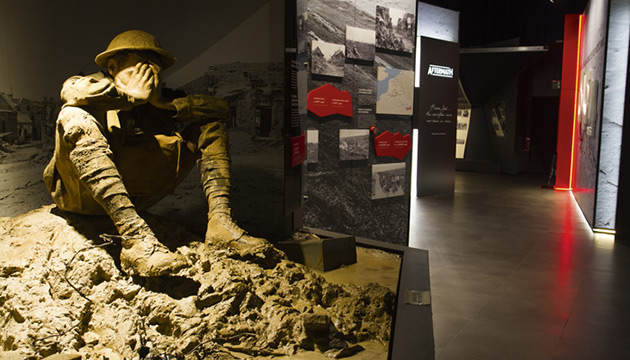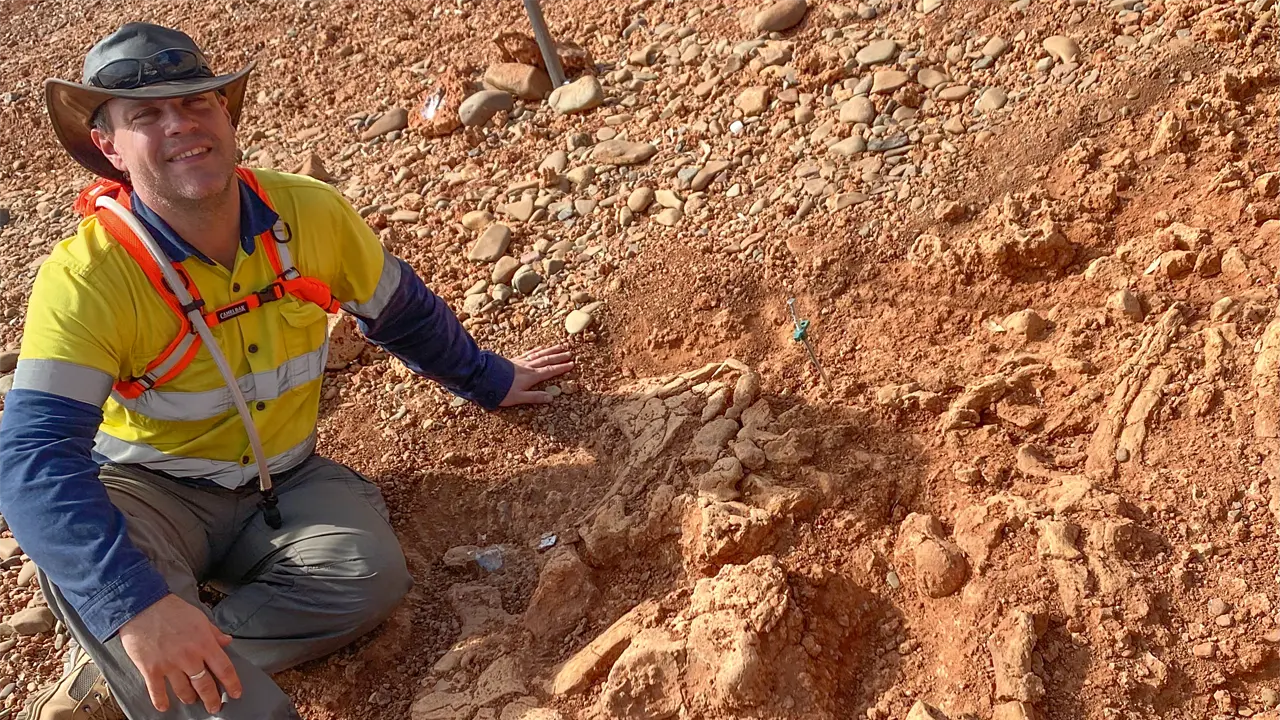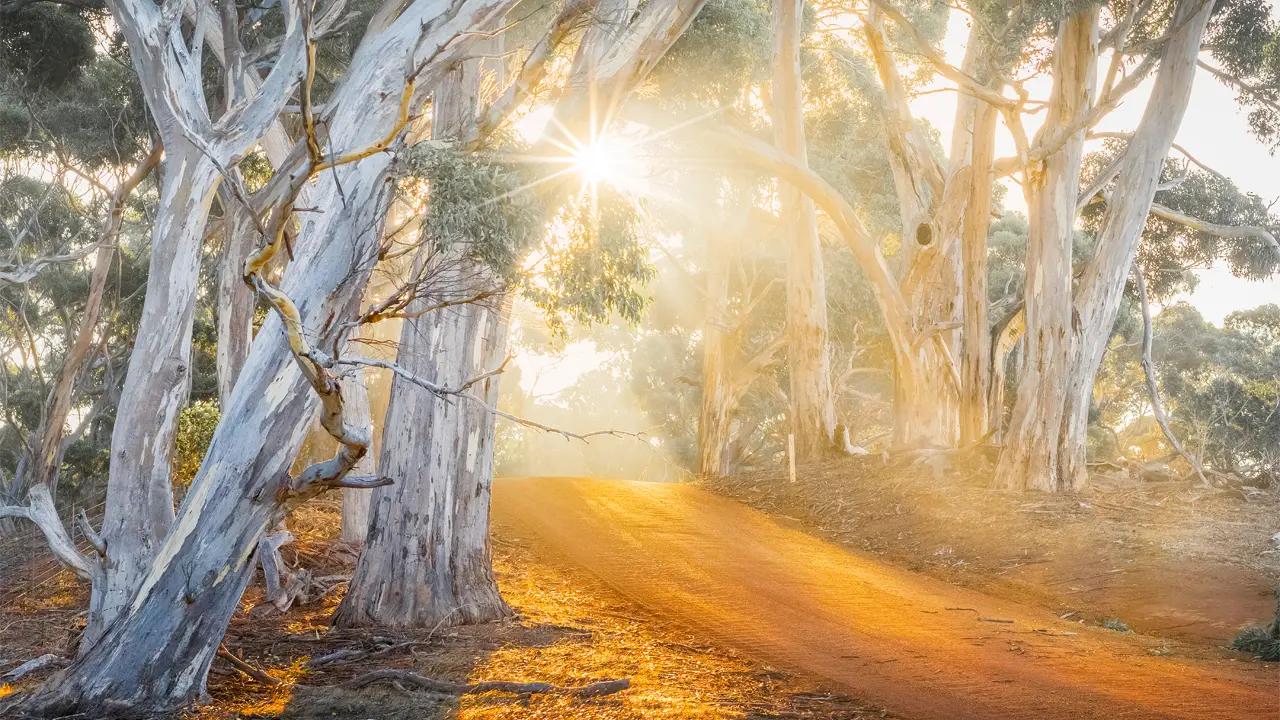The moving Spirit of Anzac Centenary Experience is touring regional Australia.
Story By Andrew Bain
In December 1915, a 15-year-old girl from western Victoria named Nellie Blain began knitting a pair of woollen socks for her brother Arthur, an Anzac soldier fighting on the Gallipoli Peninsula. With one sock finished and the other almost complete, news arrived of Arthur’s death from a head wound.
With the knitting needles still in the unfinished sock and the ball of wool trailing sadly away, Nellie packed her knitting into a box. For the next 83 years, until her death, she held onto it as a way of remembering her lost brother.
Nellie’s socks are one small, poignant piece in the Spirit of Anzac Centenary Experience, the flagship exhibition commemorating the centenary of the Anzac campaign in Gallipoli. Though the anniversary year is nearing its end, the Centenary Experience continues to roll across the country, setting up in 23 regional and urban centres over 19 months. It’s one of the largest and most technically advanced exhibitions to ever tour the country, but still it’s the heart-breaking simplicity of items such as Nellie Blain’s abandoned knitting that are among the most touching displays.
“Those socks are my favourite artefact,” Spirit of Anzac Centenary Experience executive director Alison Creagh says. “Every time I see them it reminds me of the loss and the sacrifice and the sadness that comes with war. For me that’s very compelling.”
An immersive journey through the most tragic and legendary Australian battlefields of World War I, the Centenary Experience has taken years to plan. More than 400 people worked on creating the exhibition, transforming 650 gigabytes of technical drawings into an exhibition that takes a week to construct at each venue. Around 750 photos, films and pieces of sound material were sourced, six unique digital installations created, and more than 200 artefacts borrowed from the Australian War Memorial.
“It takes what is already a really emotional and moving historical story, and it makes you realise the cost,” says Alison.
This Story is from Issue #104
Outback Magazine: Dec/Jan 2016










